
Kiowa is a city in Barber County, Kansas, United States. As of the 2020 census, the population of the city was 902. It is located 1 mile north of the Kansas / Oklahoma state border.

Augusta is a city in Butler County, Kansas, United States. As of the 2020 census, the population of the city was 9,256. It is located east of Wichita along U.S. Route 54 / 400 highway.
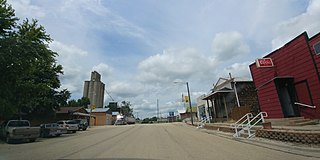
Longford is a city in Clay County, Kansas, United States. As of the 2020 census, the population of the city was 73.

Aurora is a city in Cloud County, Kansas, United States. As of the 2020 census, the population of the city was 56.

Miltonvale is a city in Cloud County, Kansas, United States. As of the 2020 census, the population of the city was 440.

Enterprise is a city in Dickinson County, Kansas, United States. As of the 2020 census, the population of the city was 708.

Hope is a city in southern Dickinson County, Kansas, United States. As of the 2020 census, the population of the city was 317.

Manchester is a city in Dickinson County, Kansas, United States. As of the 2020 census, the population of the city was 47.
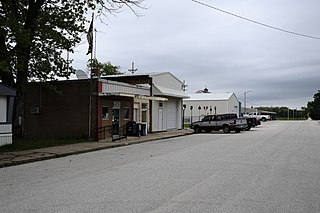
Rantoul is a city in Franklin County, Kansas, United States. As of the 2020 census, the population of the city was 165.

Gove City, more commonly known as Gove, is a city in and the county seat of Gove County, Kansas, United States. As of the 2020 census, the population of the city was 80.

Cimarron is a city in and the county seat of Gray County, Kansas, United States. As of the 2020 census, the population of the city was 1,981. It is located along Highway 50.
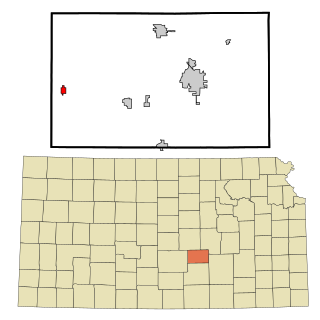
Burrton is a city in Harvey County, Kansas, United States. It is named after Isaac T. Burr, former vice-president of the Atchison, Topeka and Santa Fe Railway. As of the 2020 census, the population of the city was 861.

Halstead is a city in Harvey County, Kansas, United States. Halstead was named in honor of Murat Halstead, a respected Civil War correspondent and newspaper editor. As of the 2020 census, the population of the city was 2,179.

Gardner is a city in Johnson County, Kansas, United States. As of the 2020 census, the population of the city was 23,287. It is located within the Kansas City metropolitan area.

Ness City is a city in and the county seat of Ness County, Kansas, United States. As of the 2020 census, the population of the city was 1,329. Ness City is famous for its four-story Old Ness County Bank Building located downtown and nicknamed Skyscraper of the Plains.

Lyndon is a city in and the county seat of Osage County, Kansas, United States. As of the 2020 census, the population of the city was 1,037.
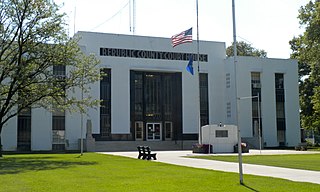
Belleville is a city in and the county seat of Republic County, Kansas, United States. As of the 2020 census, the population of the city was 2,007.

Courtland is a city in Republic County, Kansas, United States. As of the 2020 census, the population of the city was 294.

Hunnewell is a city in Sumner County, Kansas, United States. As of the 2020 census, the population of the city was 44.
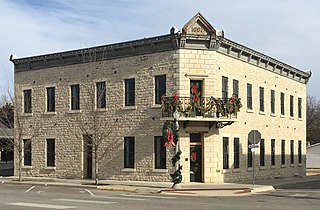
Alma is a city in and the county seat of Wabaunsee County, Kansas, United States. As of the 2020 census, the population of the city was 802.

























